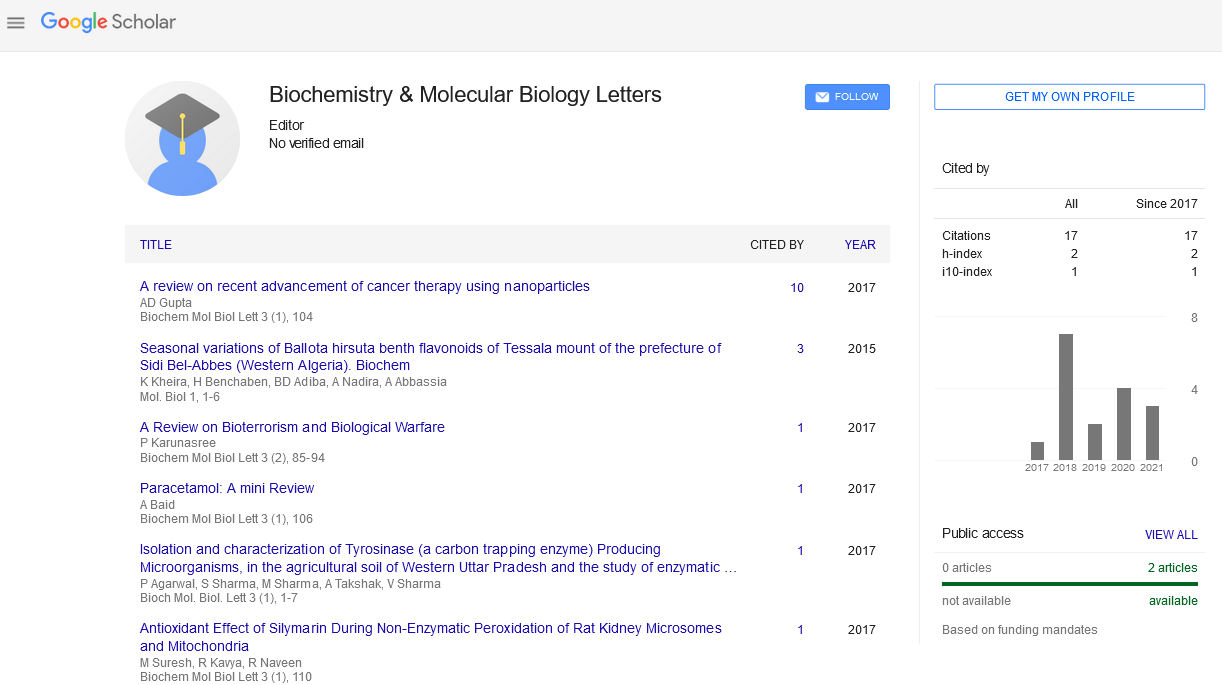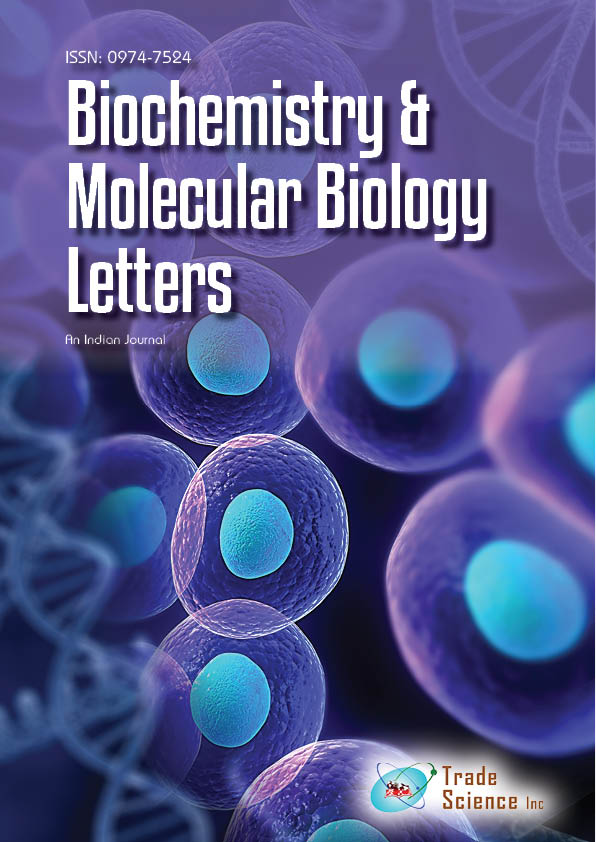Short commentary
, Volume: 4( 2)The Objectives and Implications of Toxicogenomics and Systems Toxicology
- *Correspondence:
- Jennifer D. Waters, National Institute of Environmental Health Sciences, Intramural Microarray Center, North Carolina, USA; E-mail: watersjd@niehs.nih.gov
Received: October 01, 2021; Accepted: October 15, 2021; Published: October 22, 2021
Citation: Waters JD. The Objectives and Implications of Toxicogenomics and Systems Toxicology. Biochem Mol Biol Lett. 4(2):145
Abstract
Introduction
Toxicogenomics is a rapidly growing field that has the potential to help scientists better understands the molecular and cellular effects of toxins in biological systems. This topic includes using technologies like DNA microarrays, highthroughput NMR, and protein expression analysis to assess global biological effects. This review discusses how numerous techniques (genomic, proteomic, and metabonomic) are being developed to further our understanding of toxicology, emphasising the need of combining these approaches with traditional toxicity investigations. Toxicology is defined as the study of stresses and their negative consequences. Hazard identification, mechanistic toxicology, and risk assessment are all topics covered under one sub-discipline. The efficiency of these tasks will improve with a better understanding of the mechanism of action of the compounds being tested. Mechanistic knowledge, on the other hand, is generally derived by researching a few genes at a time in order to implicate their function in the mediation of toxicant effects. To monitor and distinguish the impacts of the thousands of novel compounds generated by the chemical and pharmaceutical companies, this procedure must undoubtedly be hastened. There is a requirement for a screening procedure to be developed. There are two basic uses for a toxicogenomic\sapproach, comparative/predictive and functional [1].
Comparative genomic, proteomic, and metabonomic investigations look at the amount and types of genes, proteins, and metabolites found in healthy and toxicant-exposed cells, tissues, and biofluids, respectively. This method is effective for determining the genetic, proteomic, or metabolic content of the tested samples. The same concept can be used to generate ndimensional fingerprints or profiles of the biological material under examination using protein expression or NMR analysis data. As a result, rather than exploring individual genes for mechanistic information, this part of toxicogenomics focuses on automated pattern recognition analysis targeted at investigating trends in data sets. The volume and complexity of data created by genomic, proteomic, and metabonomic technologies necessitates the use of pattern recognition methods, and human engagement in required repetitive computing is kept to a minimum. Automatic toxicity categorization methods are highly desirable, and prediction models are ideal for this.
The use of genes, proteins, or metabolites that are found to be most discriminative between stressorinduced-specific profiles, for efficient screening purposes. Election of thesesubsets by surveying existing toxicology literature isinefficient because role of most genes or proteins intoxicological responses is poorly defined [2].
Toxicogenomic methods will inevitably enhance the way data from traditional toxicology investigations is extracted. Ultimately, by utilising the computational tools contained within Environmental toxicogenomics is a comparative subdivision of toxicogenomics. Hazard identification can be done in a high-throughput environment in a timely and effective manner These accomplishments will be made easier by the creation of a gene, protein, or metabolite indicators whose concentrations can be measured in samples from populations that have been exposed. By giving information about the underlying molecular pathways implicated in response to compound exposure, compound profiling will help increase our understanding of toxicant-induced unfavourable endpoints in biological systems (pathological lesions, cell cycle changes). This knowledge will lead to a more exact and informed classification of compounds for the purposes of assessing their safety. Toxicogenomics has made a big contribution to toxicology and now has a lot of potential to help regulatory decision-makers shift away from using animals.
Toxicogenomics investigates the connection between genes and environmental stress in disease pathogenesis by combining transcript, protein, and metabolite profiling with traditional toxicology. The patterns of altered molecular expression generated by certain exposures or illness outcomes have revealed how a variety of toxicants behave and cause disease. Despite these achievements, the science still confronts significant difficulties in determining the molecular basis of toxicity. We believe that toxicology is increasingly evolving into systems toxicology, which will allow us to explain all toxicological interactions that occur inside a biological system under stress and use our toxicology expertise [3].
References
- Waters MD, Fostel JM. Toxicogenomics and systems toxicology: aims and prospects. Nat Rev Genet. 2004;5(12):936-48.
- Hamadeh HK, Amin RP, Paules RS et al. An overview of toxicogenomics. Curr Issues Mol Biol. 2002;4(2):45-56.
- Liu Z, Huang R, Roberts R et al. Toxicogenomics: a 2020 vision. Trends in pharmacological sciences. 2019;40(2):92-03.

